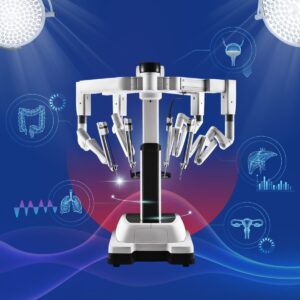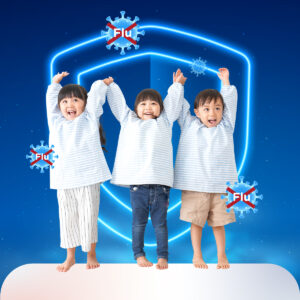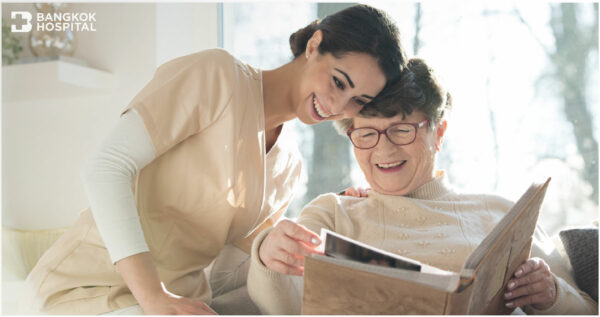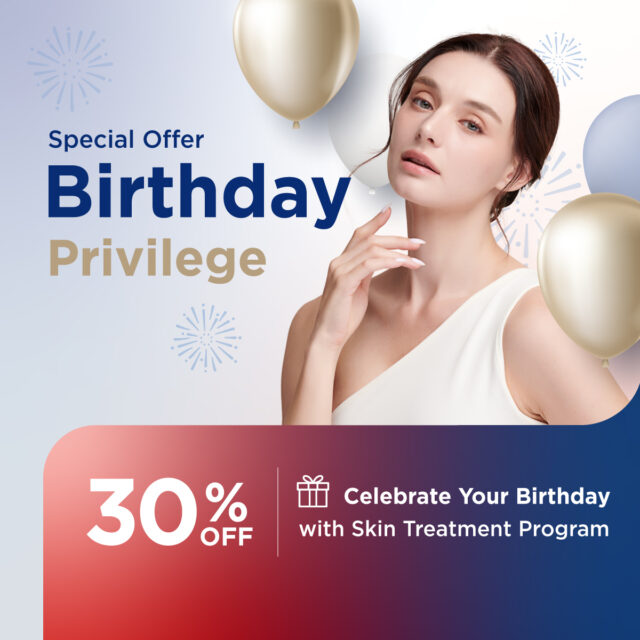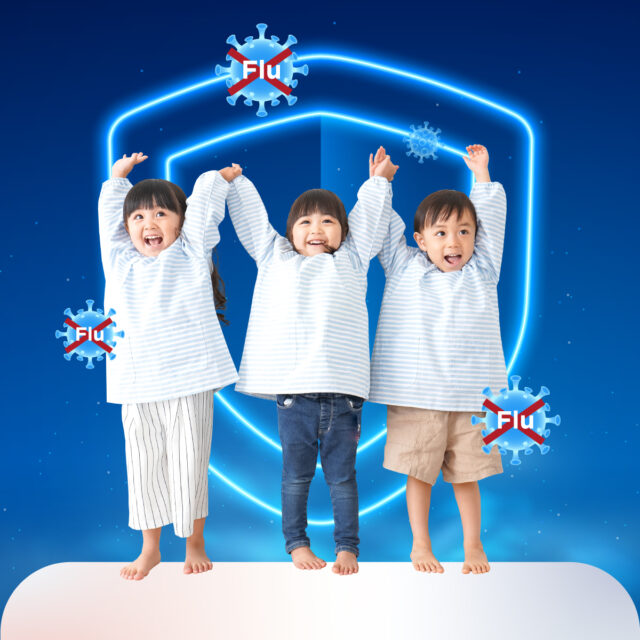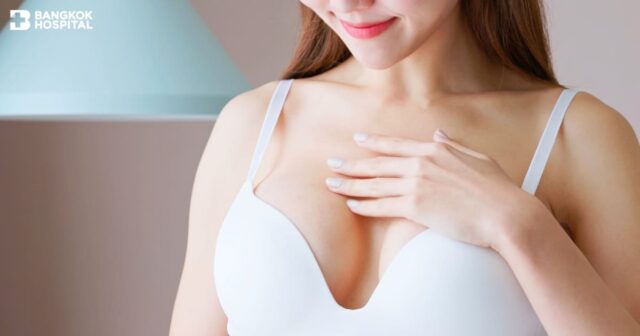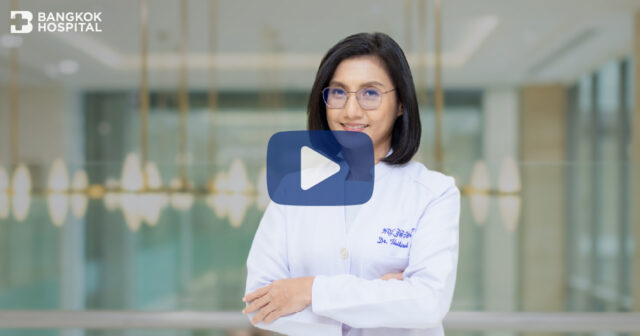One of the most common neurological diseases is a stroke, a medical emergency that requires prompt treatments. A stroke occurs when the blood supply to part of the brain is interrupted or reduced, depriving brain tissue of oxygen and nutrients. A stroke may be caused by a blocked artery (ischemic stroke) or the leaking or bursting of a blood vessel (hemorrhagic stroke).
Although the majority of stroke cases are ischemic strokes, hemorrhagic strokes are relatively associated with a considerable increase of disease severity and mortality rates. Nonetheless, recovery period generally required for patients with ischemic stroke is considerably longer than hemorrhagic ones. More importantly, after critical phase of stroke attacks, rehabilitation is a crucial part of stroke recovery for both ischemic and hemorrhagic strokes. Stroke rehabilitation requires a sustained and coordinated effort from a large team, including medical professionals specialize in post-stroke rehabilitation, patients and their goals, family and friends. Timely and effective stroke rehabilitation significantly helps patients regaining independence and improving quality of life.
Goals of stroke rehabilitation
To primarily attain the best possible quality of life, the goals of post-stroke recovery include:
- Patients are able to resume their daily activities with families as normal as possible.
- Patient can regain independence while minimizing impairments and maximizing abilities.
- The improved functions of affected muscles and damaged brain areas must be achieved as the long-term effects.
- Stroke rehabilitation advances potential for decreasing post-stroke disability and physical impairment.
- Stroke rehabilitation prevents stroke survivors from being bedridden.
The golden period of post-stroke rehabilitation
After receiving prompt treatments during stroke attacks, the golden period of post-stroke rehabilitation is within 3-6 months. Rehabilitation helps stroke survivors relearn skills that are lost when part of the brain is damaged. In fact, rehabilitation must begin as soon after the stroke as possible in order to achieve the best possible outcomes from brain recovery. Rehabilitative therapy usually begins in the acute-care hospital after the patient’s overall condition has been stabilized after the stroke. If timely and appropriate rehabilitation care is continuously provided, it promotes brain repair with a faster recovery time. In addition, after 6 months, brain development continues gradually with continual rehabilitative programs.
Stroke rehabilitation essentially requires coordinated attempts from a large team, including medical professionals specialize in post-stroke rehabilitation, patients, family and friends. Post-stroke rehabilitation care involves neurological doctors, neurosurgeons, geriatric doctors, rehabilitation doctors, rehabilitation nurses and mental health professionals as well as physical, occupational, recreational, speech-language and vocational therapists. The understanding from family members and care givers plays a major role to successfully drive the rehabilitation outcomes, physically and mentally.
Rehabilitation programs for post-stroke care
Post-stroke rehabilitation typically begins in the hospital as soon as possible following a stroke. To make a customized recovery plan for individual patients, short-term and long-term goals will be determined by neurological doctors, rehabilitation doctors supported by multidisciplinary team while taking patient’s preferences and conditions as well as family’s needs into consideration. A weekly monitoring session is held in order to evaluate physical, neurological and mental improvements. Moreover, these individual rehabilitation plans depend upon the degree of brain damages, symptoms, forms of disabilities as well as patient’s health-related conditions. Rehabilitation programs for post-stroke care include:
Physical rehabilitation
The primary goal of physical rehabilitation is to improve patients’ level of functioning so that they can become as independent as possible. This is achieved in a way that preserves dignity and motivates them to relearn the basic skills that the stroke may have impaired. Learning skills include sitting, standing up, walking, stair climbing, body movement as well as resuming to daily activities e.g. dressing, eating and food swallowing, bathing, sleeping, muscle exercise to improve muscle strengths and communication skills such as speaking and listening.
Psychological care
Psychological care and mental support are vital part of post-stroke care. Many stroke survivors feel anxiety, frustration and a sense of grief for their physical and mental losses. Some emotional disturbances and personality changes are caused by the physical effects of brain damage. Clinical depression, a sense of hopelessness, appears to be the emotional disorder most commonly experienced by stroke survivors. The feelings which are a natural response to the psychological trauma of stroke include anger, moodiness or irritation and sadness. These might vary depending on patient’s characteristics and severity of strokes. Emotional support and mental practice combined with psychological counseling can significantly improve rehabilitation outcomes.
A caregiver is a key
Caregivers play an important role throughout the post-stroke recovery process starting from day one. Home settings and environmental modifications are crucial in order to support patient’s mobility and activities of daily living. To achieve ultimate goals, the compliance of caregivers and families are essentially required. Post-stroke care needs medical professionals with multidisciplinary approach to enhance brain recovery process, resulting in an increased quality of life with confidence and independence.
More importantly, the necessary skill required for being a good caregiver for stroke patients is repetitive practice skill that helps patients to continue their daily life and activities such as cooking, DIY activities and playing memory-stimulating games which improves both brain and muscular functions. In addition, caregivers must provide a close supervision to the patients, not only physical focus but emotional needs. Well-trained and highly experienced caregivers contribute a major impact to the patients by encouraging stroke survivors to practice new skills while ensuring the less chances of developing further complications.
Before returning home, stroke rehabilitation programs created by a team of highly skilled professionals and cutting-edge technology and rehabilitative equipment significantly help patients to successfully achieve stroke recovery goals. At Chiva Transitional Care Hospital, we take an interdisciplinary team approach to delivering an integrated care which collaborates with multidisciplinary team to accomplish optimal results. With our intensive rehabilitation programs, recreation activities and home-like environment, we have aimed to holistically improve patient’ quality of life while ensuring certain degree of independence before returning home to their family.

